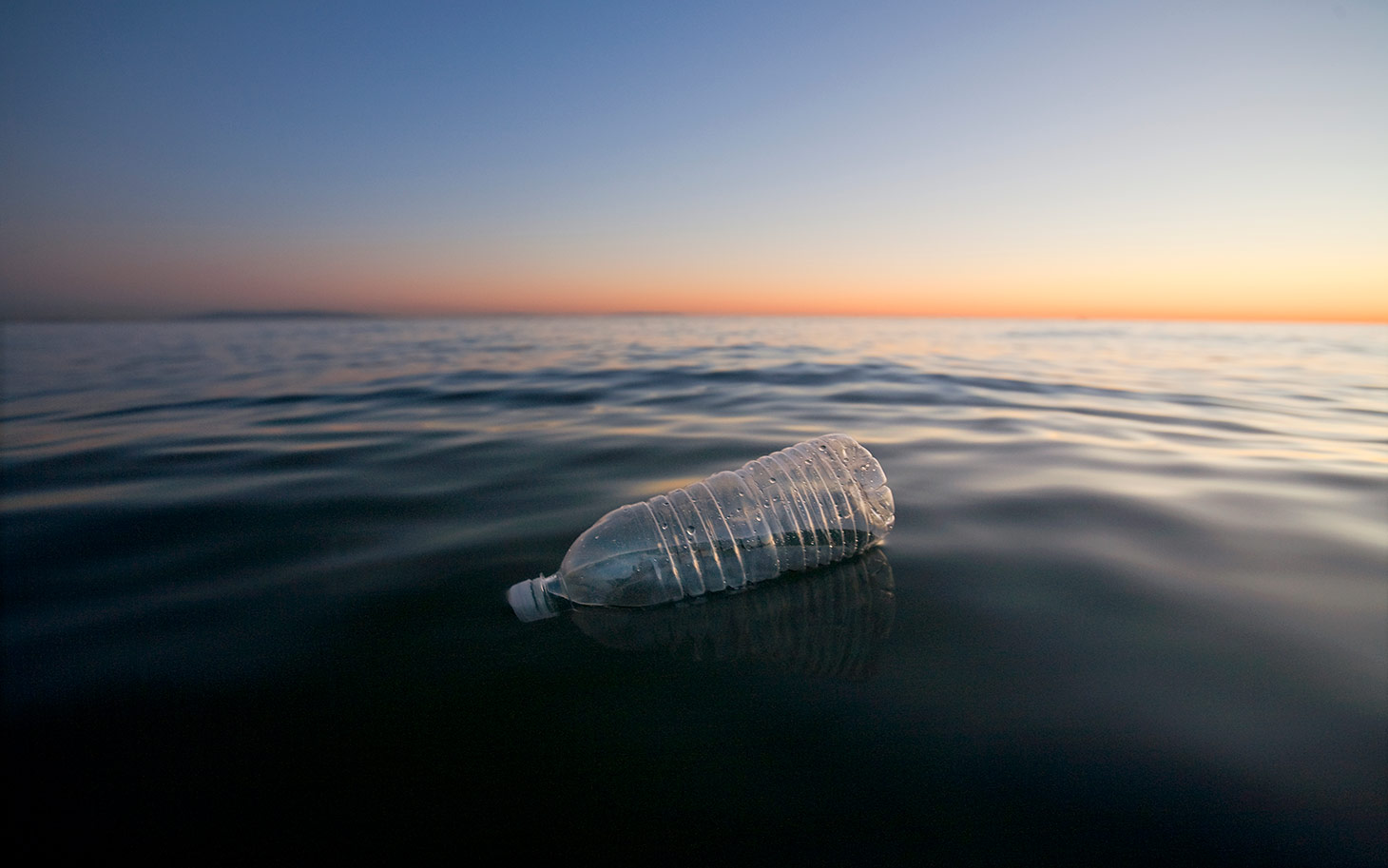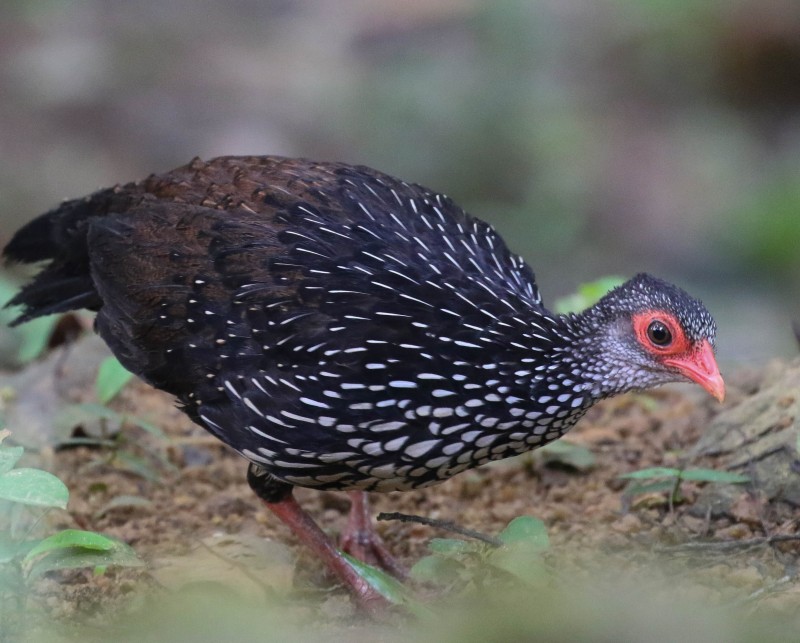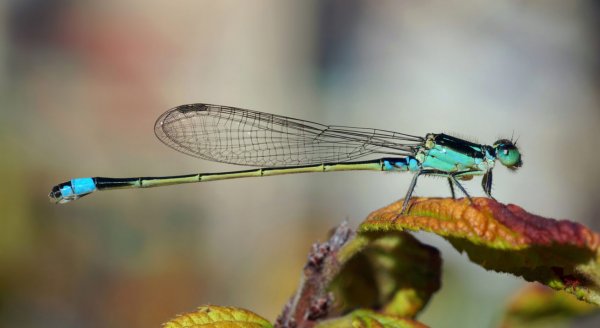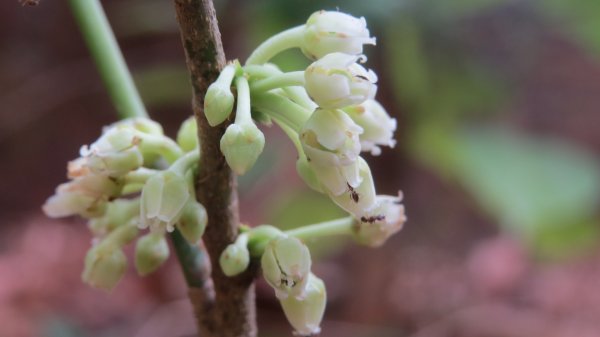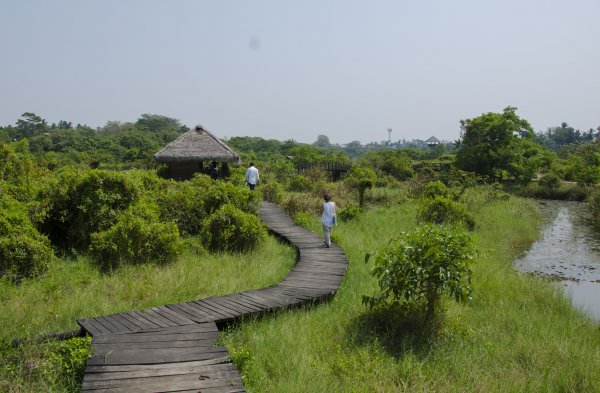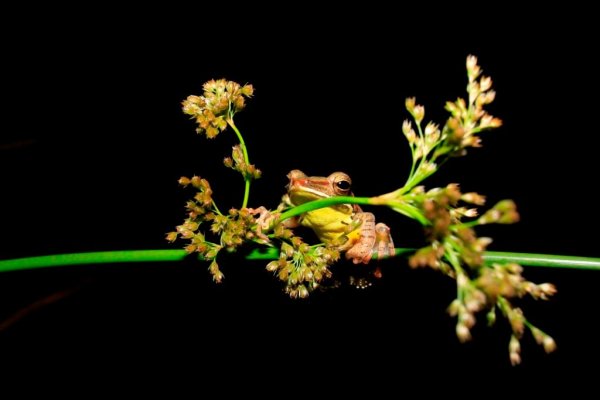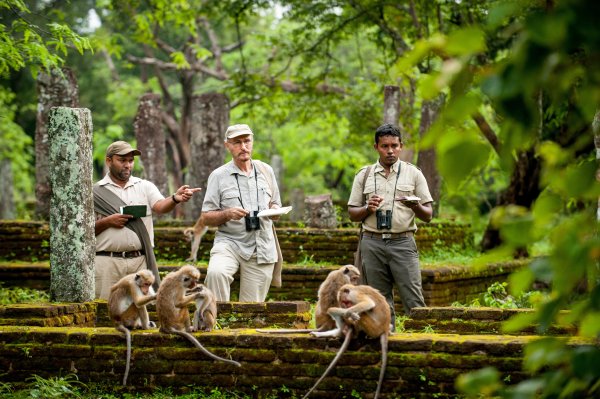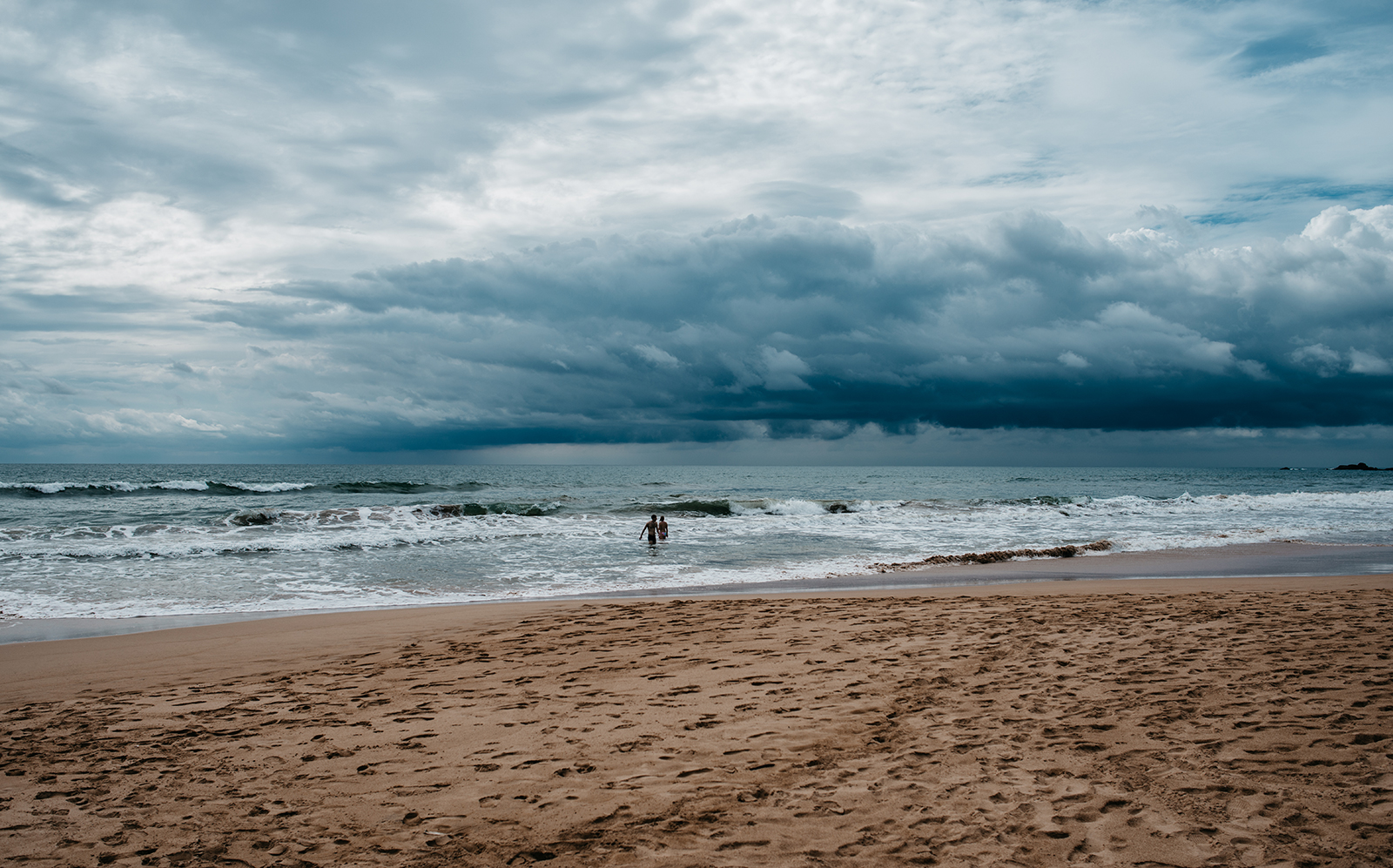
Editor’s note: A previous version of this article was published on Roar.lk on February 23, 2016, but is being re-published following a series of updates. The article also includes images taken by our staff photographer Christian Hutter, who travelled around the island to capture the effects of the ongoing drought.
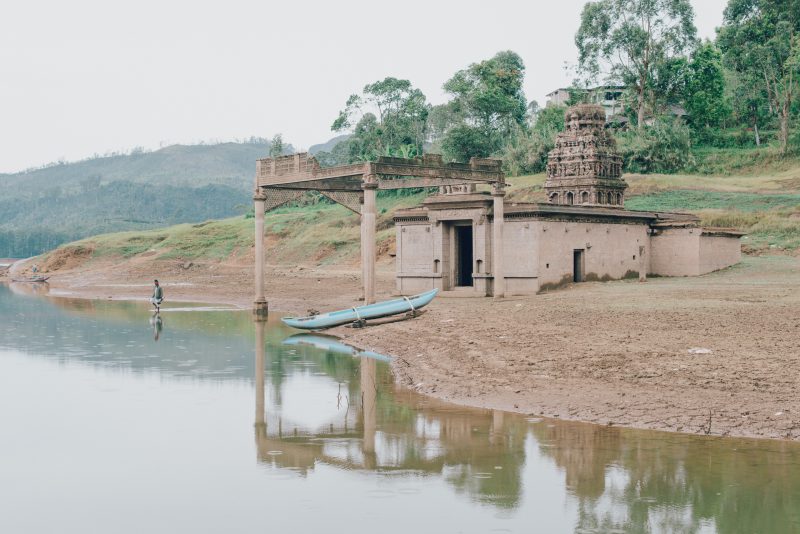
A previously underwater Hindu Kovil in the old Maskeliya town resurfaces after the water levels in the Maskeliya reservoir fall as a result of this long-lasting drought.
While on the other side of the world, scientists in America battle with the highest office in country to come to terms with anthropogenic climate change, for a little island in the Indian Ocean, the reality of climate change is becoming all too real a little too soon. The proof of it is written, metaphorically of course, in the warming of the Indian Ocean, which has resulted in a drastic reduction of the phytoplankton population in the Ocean, and the weakening of the monsoon. This means trouble ‒ not just for Sri Lanka, but the entire South Asian region.
Brewing Trouble
Over the last century, the Indian Ocean has been warming at a faster rate than other oceans of the world, with “a rapid and continuous basin-wide warming (taking place) since 1950,” climate scientist Dr. Roxy Mathew Koll of the Indian Institute of Tropical Meteorology told Roar. For that matter, according to Dr. Koll’s research, the change measured is between 0.7 to 1.2°C, while the global mean change is 0.8°C.
Dr. Koll explains that the Indian Ocean has warmed two to three times faster in comparison to the central tropical Pacific. The warming can be partly attributed to increased levels of greenhouse gases in the atmosphere, in addition to the Indian Ocean being relatively landlocked in the north, unlike the Pacific and Atlantic Oceans.
Dr. Koll added that, as a result, “the ocean circulation is restricted from flushing out the heat to the poles,” and therefore the heat pile-up persists for a longer time. In addition, heat in the Indian Ocean accumulates through “a modified atmospheric circulation” due to El Nino-like conditions in the Pacific. He observed that “the magnitude and frequency of El Ninos have gone up in the recent decades, and so has the ocean temperatures in the Indian Ocean.”
Consequences
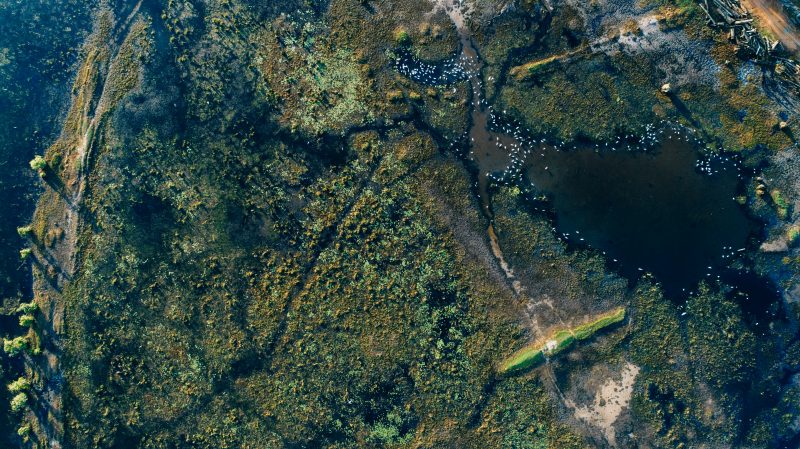
Pottuvil Lagoon, as seen from above on January 31. Even lagoons on the east coast of the country are reeling from the drought.
Dr. Koll has identified two main problems: a temperamental monsoon, and an affected food web.
Where the monsoon is concerned, he explained that while there is an increase of moisture in the atmosphere, the monsoon winds transporting moisture is weakened, spelling trouble for the South Asian subcontinent in many ways. On one hand, this will result in a decrease in rains over central South Asia, but on the other hand, equatorial regions will see an increase in rainfall. He added that “though we have not specifically focused on the rainfall changes over Sri Lanka, we see a slight increase in rainfall due to its proximity to the region where the warming has occurred.”
What this means is that we’re all in for bipolar weather: the warmer climate has ensured that the atmosphere can hold moisture for a longer period, which will result in long dry spells interspersed with extreme rainfall.
Unfortunately for Sri Lanka, Dr. Koll’s predictions hit very close to home in 2016. The floods which arrived unannounced in May 2016 were soon followed by drastically dry conditions, leading to the worst drought in four decades, one that hadn’t seen an end even during the first two months of 2017. According to reports, the World Food Program (WFP) has pointed out that based on data, Sri Lanka has only felt 50% of the brunt of the current prevailing drought and needs to get its “resources in place” if it is to face the challenges of food security.
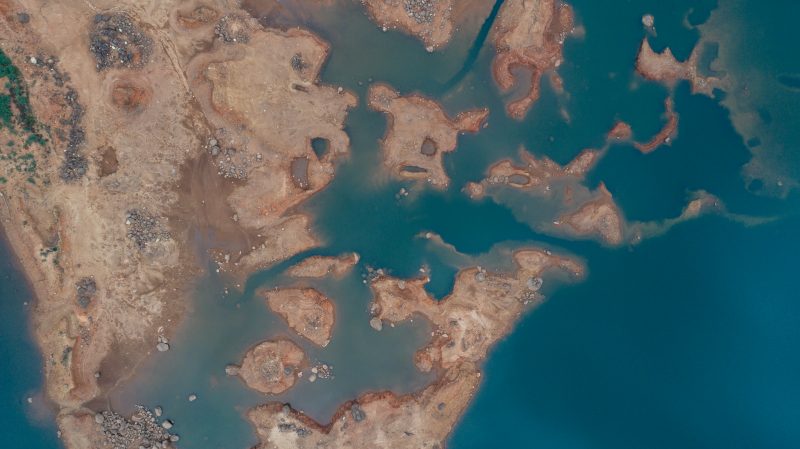
The Samanala Dam is part of the second largest hydroelectric scheme in the country, producing 405 GWh annually. As a result of the worst drought in 40 years, some places in the reservoir have almost dried out completely. The brown patches of land seen in this picture are normally supposed to be under water.
If that wasn’t worrying enough, both Sri Lanka and India are facing issues related to groundwater. In a paper published on January 9, 2017, for the journal Nature GeoScience*, a group of scientists point out that “analyses of satellite and local well data spanning the past decade [show] that long-term changes in monsoon precipitation are driving groundwater storage variability in most parts of India either directly by changing recharge or indirectly by changing abstraction.” Their findings show that “Declining precipitation in northern India is linked to Indian Ocean warming, suggesting a previously unrecognised teleconnection between ocean temperatures and groundwater storage.”
Where Sri Lanka is concerned, speaking to the International Water Management Institute (IWMI), it was understood that groundwater levels have ‒ even without factoring in climate change ‒ been under considerable duress over the past few years. The country’s aquifers in Kalpitiya, Jaffna, Colombo, and Gampaha, as well as the regolith aquifers, have been affected by pollution, over-extraction, and sealing of land covers. With climate change conditions entering the fray, recharge of our groundwater supplies also take a hit.
Herath Manthrithilake, Head of the Sri Lanka Development Initiative of the IWMI, explains that although the intensity of rainfall has increased, it also only rains for a short period of time. This means that there is hardly any time for rainwater to penetrate the soil and recharge our groundwater supplies. Therefore, recharge is either slow, or will not take place at all. When it does rain, the rainwater rushes downslope as runoff and joins the river channels, which cannot accommodate such large volumes of water, resulting in floods. Alongside retardation of groundwater recharge is increased abstraction of groundwater for drinking and agricultural use.
Manthrithilake stresses that recharge programmes, like those in Gujarat in India, aimed at soil and water conservation must be embarked on with earnest, and at the earliest, to mitigate the impact of climate change. He explains that there are known and simple technologies which can be adopted, and cautions that if Sri Lanka does not act fast, the effects of climate change will soon be felt ‒ and with vengeance.
The warming of the Indian Ocean has also affected the marine food-web, on which many countries in the region are heavily dependent. According to a study published in January 2016**, there has been a 20% decline in phytoplankton, microscopic plants which are the basic building blocks for the food web. The study points out that there has been an “alarming decrease of up to 20% in phytoplankton in this [Indian Ocean] region over the past six decades. We find that these trends in chlorophyll are driven by enhanced ocean stratification due to rapid warming in the Indian Ocean, which suppresses nutrient mixing from subsurface layers. Future climate projections suggest that the Indian Ocean will continue to warm, driving this productive region into an ecological desert.”
With an integral part of the food chain affected, there could be a chain reaction involving other marine life, adding further stress to the marine ecosystem. To a great extent, this also threatens food security.
How This Will Affect Food Security In The Future
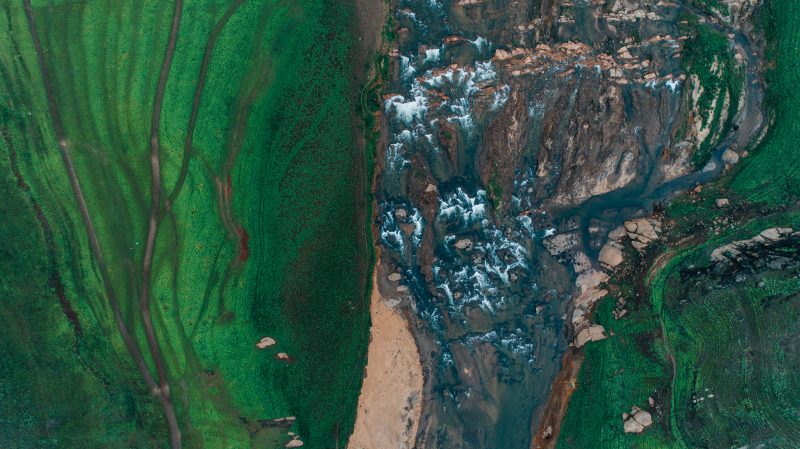
Victoria Dam: dramatic changes to the landscape can already be seen, as a result of the drought. What appears like a river in this image is normally a part of the reservoir.
The effects will be seen on both land and sea. Rainfall changes will have an immense impact on agriculture. Central South Asia will see a reduction in rainfall, while Sri Lanka will experience a predicted increase in rainfall. Either way, the reductions and increase will result in a severe blow to the agricultural industry, which is heavily dependent on rainfall.
Similarly, the fishing industry will take a hit. Dr. Koll explained that a decline in marine phytoplankton was observed in the western Indian Ocean, ranging from the Kenya-Somalia coast to the Gulf coast, to the south of the Indian peninsula around Sri Lanka, potentially affecting the fish and other marine species in the region. “Most fish species have a very narrow range of optimum temperatures related to their metabolism… even a change of 1°C may affect their distribution and life cycle,” Dr. Koll explained, adding that it could result in fish migrating to cooler waters, dying out entirely, or getting affected by invasive species.
The Next Step
We can’t stop climate change this late in the day, but we can prepare for the worst. Dr. Koll suggests, where agriculture is concerned, cultivating crops which can withstand drought and flood conditions would help, in addition to a judicious use of water, as well as the right methods of irrigation and water storage. Where fishing is concerned, he pointed out that the lack of regulation of commercial fisheries in the Indian Ocean is adding to the problem. “Regulating the total allowable catches through a proper allocation system maximises sustainable yields, helps the fish and marine ecosystem to adapt to climate impacts, and also reduces greenhouse gas emissions by fishing boats,” Dr. Koll said.
In Perspective
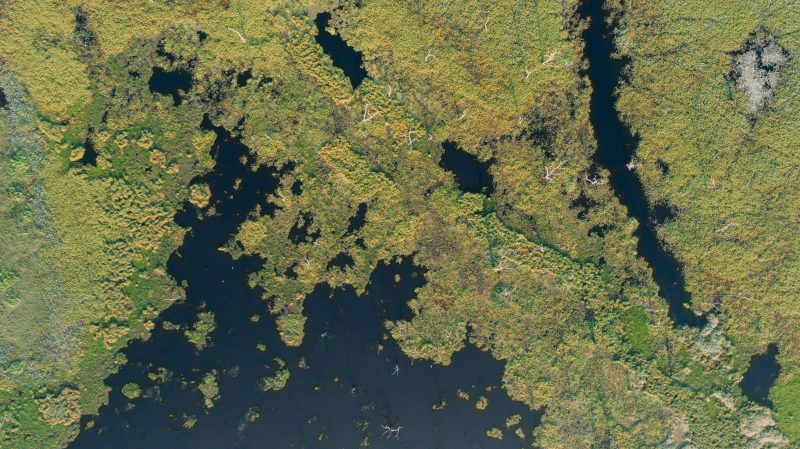
Janakapura Tank, Mullaitivu, as photographed from above on February 2. The North is usually drier than the rest of the island, conditions which have been intensified due to the drought. Thousands of people have been affected by the lack of rain in the last few months.
Going by reports, as it stands, Sri Lanka has seen a 7% reduction in rainfall over the past five decades, prompted by the very warming which will potentially increase rainfall. The temperatures in Colombo were also 1.2°C higher in 2015, in comparison to the other years, while globally NASA has noted that 2016 was the warmest year ever recorded. With carbon dioxide levels in the atmosphere surpassing 400 ppm for the first time in recorded history, it doesn’t look like the climate is about to catch a break anytime soon.
*Asoka Akarsh, Gleeson Tom, Wada Yoshihide, Mishra Vimal. (2017). Relative contribution of monsoon precipitation and pumping to changes in groundwater storage, Nature Geoscience, doi: 10.1038/NGEO2869
**Roxy, M. K., A. Modi, R. Murtugudde, V. Valsala, S. Panickal, S. Prasanna Kumar, M. Ravichandran, M. Vichi, and M. Lévy (2016), A reduction in marine primary productivity driven by rapid warming over the tropical Indian Ocean, Geophys. Res. Lett., 43, 826–833, doi:10.1002/2015GL066979.
Featured image credit: Roar/Christian Hutter

